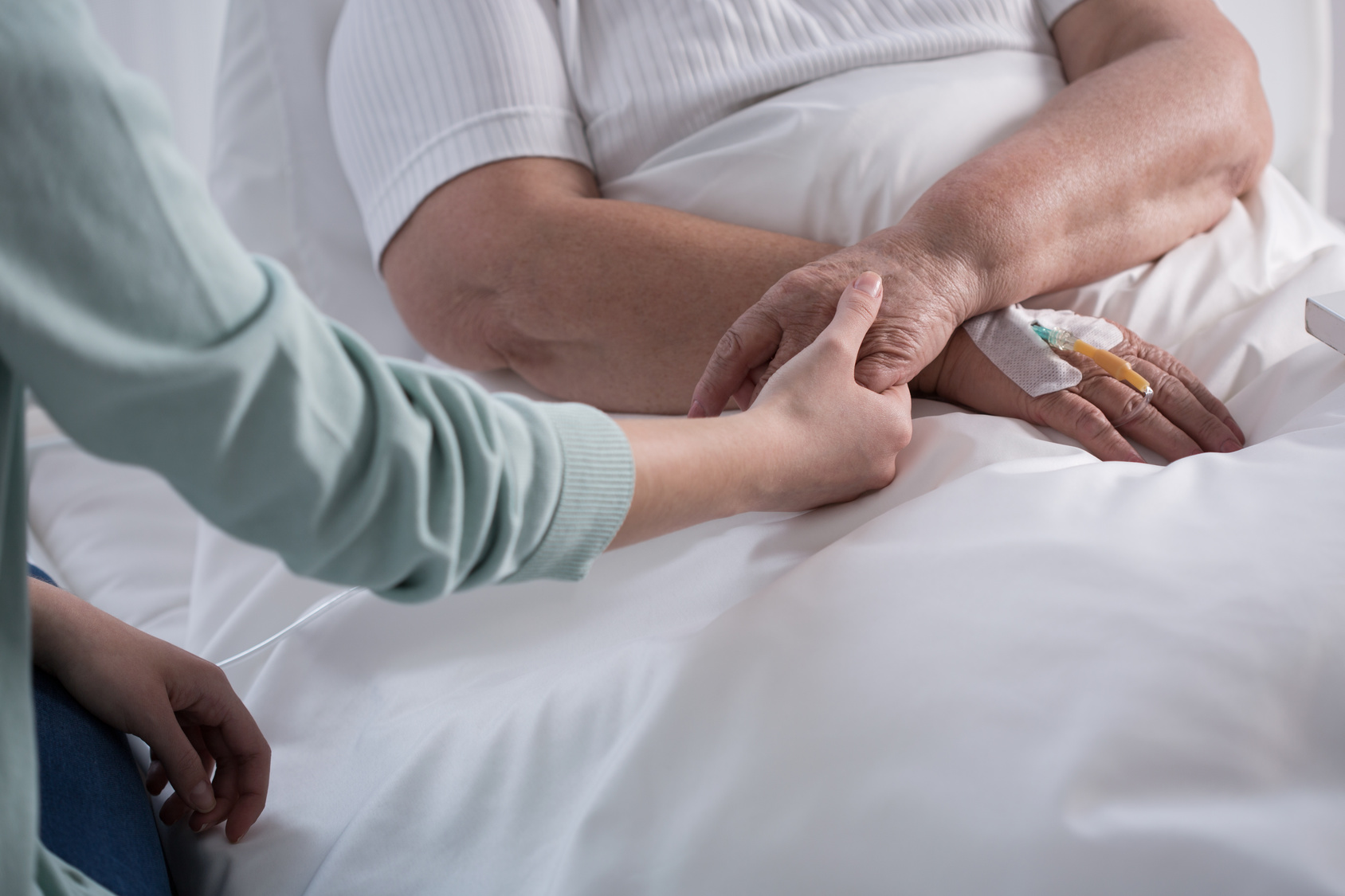Equipping PAs for Expanded Opportunities in Healthcare
Nearly three-quarters of PAs now say that their main area of practice is in a specialty other than primary care.
Learning to Talk Like a Woman (or Man)
Some transgender men and women are turning to Speech Language Pathologists for help with feminizing or masculinizing their voices.
The Role of Therapy in Alzheimer’s Treatment
Because there is no cure for Alzheimer’s, PT and OT are about making the patient’s remaining years as wonderful and enjoyable as possible.
How Hospitals Can Prepare for an Influenza Pandemic
Public health officials agree that the next major pandemic will be influenza. Are U.S. hospitals ready for it?
Too Many Healthcare Employees Would Share Sensitive Data
68% of employees at healthcare organizations would share sensitive, confidential, or regulated information under certain circumstances.
Sleep Tips for the Tired Nurse
It’s Sleep Awareness Week, and if you’re a nurse, you’re probably well aware of how tired you are. Here’s some tips on how to get a better night’s sleep.
Using Social Media in Nursing
Nurses are tapping the vein of social media for networking, gathering and sharing knowledge, and more.
Does Telemedicine Save or Cost Money?
Telehealth companies have long asserted that increased access to physicians via video or phone saves money by reducing office visits.
Rethinking Institutional Metrics of Success
Financial and productivity metrics are critically important in any business. But for physicians, medicine is a profession, not a business.
Kim’s Blog: Asking Crucial Conversation Questions
Discussing end-of-life wishes is exceptionally difficult, for us as providers, as well as patients. However, if we can give a last bit of dignity to that person in the end of life, we’ve done an extraordinary thing.







